Money
Bhairahawa goes wow as second international airport opens
For entrepreneurs and traders, the construction of the airport is an historic event, and symbolises the effort to decentralise development.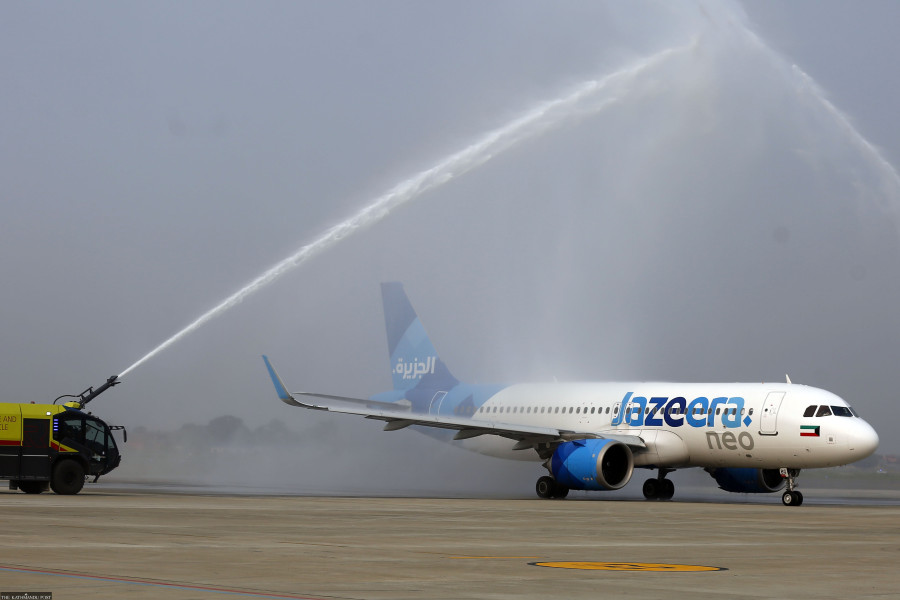
Sangam Prasain
In February 1949, a DC-3 Dakota aircraft with Indian registration began the first scheduled services between Kathmandu and Patna, Kolkata and Delhi. And for the next 72 years, Kathmandu's Tribhuvan International Airport would remain the only international airport in Nepal.
On Monday, Nepal opened its second international airport in the southern city of Bhairahawa. The modern facility has been named Gautam Buddha International Airport, as it is envisaged to be the gateway to the pilgrimage site of the Buddha's birthplace in Lumbini nearby.
“We feel proud. The international airport has been opened near our home,” said Riyazullal Musalman, a migrant worker from Kapilvastu. He boarded the first flight from the Gautam Buddha International Airport to Doha, Qatar on Jazeera Airways of Kuwait. The maiden flight landed at 7:07am and departed at 10:00am.
“I came here on my motorbike,” said 21-year-old Musalman. “The airport is just 35 km from my home. Now, I don't have to travel to Kathmandu to catch an international flight.”
A one-way ticket on the inaugural Bhairahawa-Doha flight was priced at Rs35,000.
For Bhairahawa-based entrepreneurs and traders, the construction of the airport is an historic event, and symbolises the effort to decentralise development across the country.
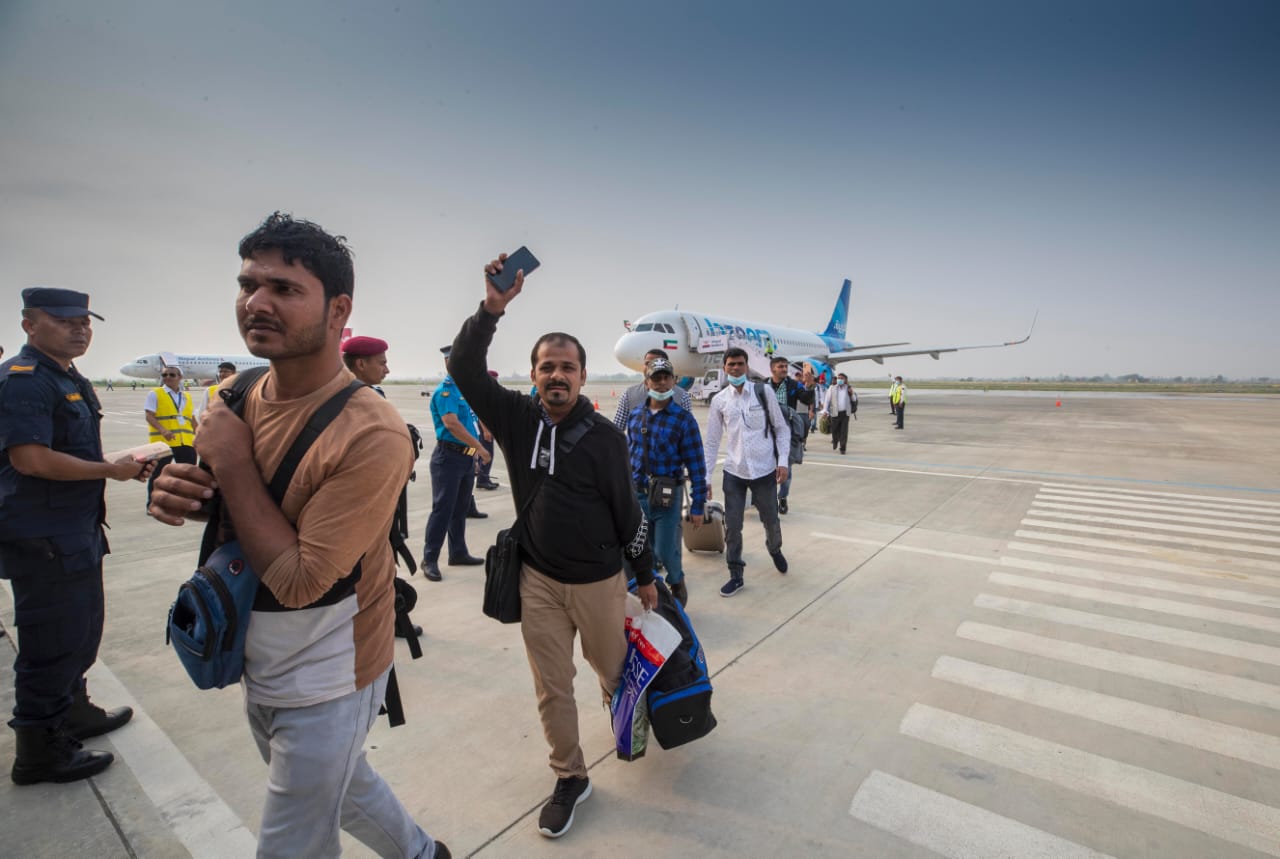
“We had to travel to the capital city for each and every task. Now this compulsion has ended,” said Chandra Prakash Shrestha, president of the Siddhartha Hotel Association. “The development of the airport is an immense accomplishment. The doors to rapid development have opened.”
Development means creating jobs and economic opportunities, according to Shrestha.
“We should generate jobs and stop people from going abroad. We are aspiring for these things to happen,” an elated Shrestha told the Post.
Bhairahawa hotels have 5,000 rooms and an additional 2,500 are in active development. At least half a dozen five-star hotels are in the planning phase, according to the association.
The Gautam Buddha International Airport has a price tag of Rs40 billion, including the Rs28 billion the government spent to acquire the land at the construction site.
The airport is spread over 787 bighas (533 hectares) and has a 3,000-metre-long and 45-metre-wide runway. The modern facility is the pride of Bhairahawa, according to tourism industry insiders who expect a surge in pilgrim arrivals to the UNESCO World Heritage Site of Lumbini, which is an 18-km hop from the airport.
Gautam Buddha International Airport located in south-central Nepal is a 280-km drive from Kathmandu, and is also intended to serve as an alternative and backup international air transport point, should poor weather conditions or a natural calamity shut down the capital's Tribhuvan International Airport.
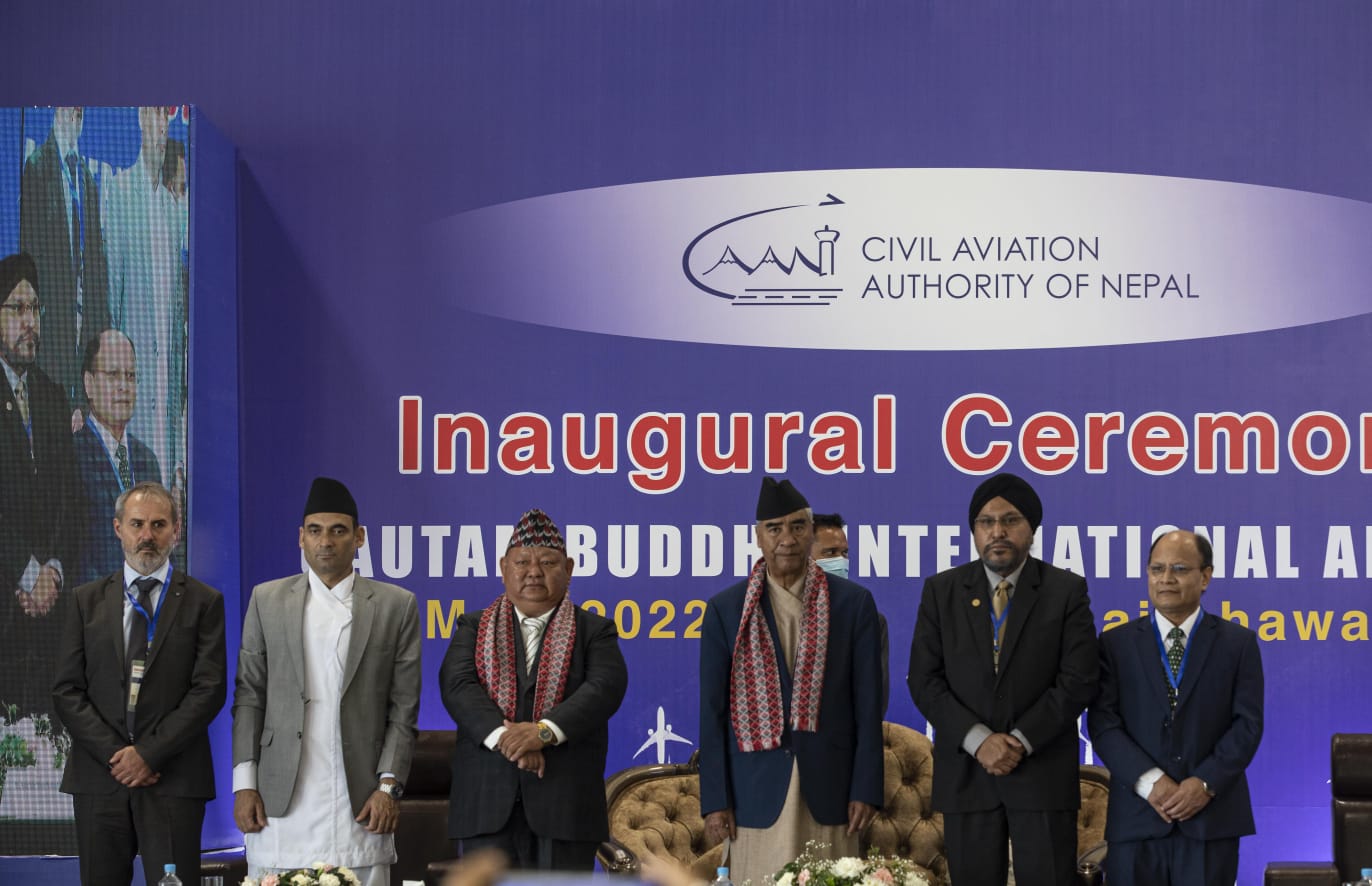
Monday’s inauguration coincides with Buddha Jayanti, the full moon day when the Buddha was born, attained enlightenment and passed into nirvana.
Indian Prime Minister Narendra Modi visited Lumbini on the inaugural day, his fifth trip to Nepal since becoming prime minister in 2014. He arrived after the formal opening of the airport which lies close to the border of the Indian state of Uttar Pradesh.
Nepali officials say they have no idea why Modi did not arrive at the new airport, and instead chose to go to Lumbini directly by helicopter.
Businesspersons and entrepreneurs, however, do not want to go into why Modi bypassed the airport.
Surya Prasad Khanal, an entrepreneur, is thrilled to see a modern international airport come up near his hometown.
Khanal lives in Nawalparasi, 35 km from the airport, and travels frequently to Dubai in the United Arab Emirates where he owns a restaurant named Silver Spoon.
“The airport saves both time and cost,” said Khanal before boarding the inaugural flight. The Dubai-based Nepali restaurateur, who has been doing business abroad for 25 years, said it was a proud moment to see international flights landing in Bhairahawa.
Before the Gautam Buddha International Airport, he had to take a domestic flight to Kathmandu and spend a night there before flying abroad. “Now I feel the airport is near my home. My family can come to the airport and bid me farewell. That's the development we have been expecting for years,” he said.
It had long been understood that Nepal needed a second international airport. Traffic through Kathmandu’s airport was getting too heavy and had reached a saturation point, resulting in planes being forced to hold for hours in the skies, and passengers suffering hours of delays on the ground.
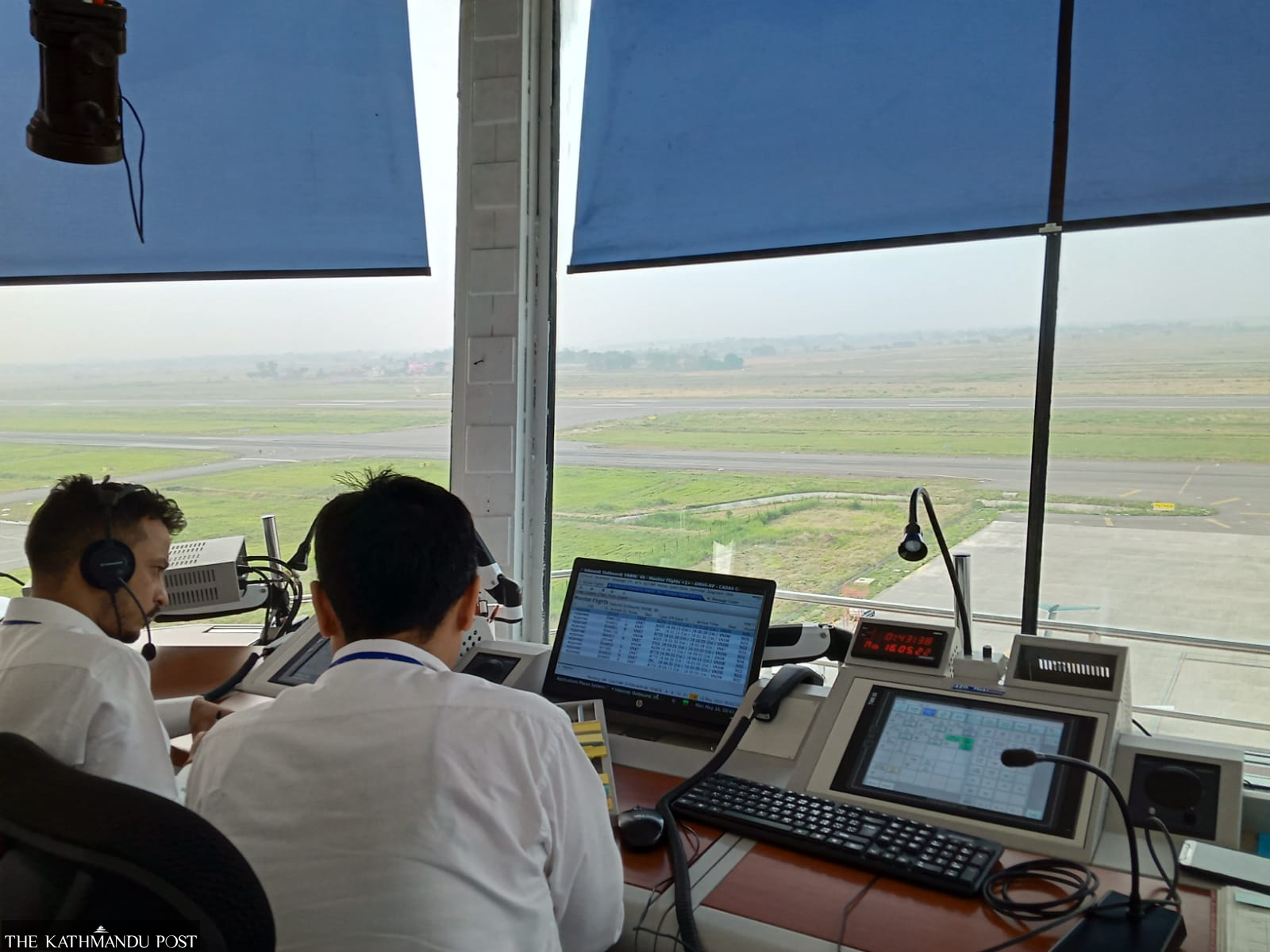
The country was also in the process of implementing decentralisation to curb social and economic disparities that were growing between Nepal's capital and everywhere else.
The airport project dates from November 2009 when the board of the Asian Development Bank approved the South Asia Tourism Infrastructure Development Project to develop and improve tourism infrastructure in Nepal.
Initially, it had been planned to construct a new 2,600-metre-long and 45-metre-wide runway. Later, the government decided to extend the runway to 3,000 metres.
“It was not easy to convince the finance minister in the initial stages to expand the runway. Even the Asian Development Bank was not convinced,” said Govinda Gyawali, who headed the project at that time from the Asian Development Bank, the financer.
“Ministry officials and the bank then decided on additional funding after we kept on convincing them,” Gyawali, now retired, told the Post on Monday.
The government awarded the contract to upgrade the Bhairahawa airport into an international airport to a Chinese company in October 2014. The project was slated to be completed by the end of 2017. The project encountered multiple hurdles that pushed back the completion deadline several times.
Shortages of fuel and building materials due to the months-long Tarai shutdown in 2015 delayed work by six months, and its operation deadline was extended to June 2018.
A dispute over payments between the Chinese contractor and the Nepali subcontractor again stalled work at the construction site. The delay further pushed back the project completion deadline to 2019.
Then the Covid pandemic began.

“Despite many hassles, we are very proud to see the happenings,” said Arnaud Cauchois, the Asian Development Bank's country director for Nepal. “The airport will help connect Lumbini—a major tourist and pilgrimage destination—to Buddhist circuits in South Asia as well as to the rest of the world.”
“In a broader context, the airport will form a cornerstone of the country’s overall development by facilitating tourism, expanding trade and economic activities, generating local employment opportunities, and improving international air transport access to migrant workers and people living in nearby provinces,” added Cauchois.
The total cost of the airport construction is $76.1 million, excluding land acquisition. Out of this, the Asian Development Bank contributed $37 million in loans and grants, while the OPEC (Organisation of the Petroleum Exporting Countries) Fund for International Development contributed about $11 million in loans. The rest of the funding came from the government.
“It's the beginning. We would like to see more airlines joining the Gautam Buddha International Airport in the near future,” said Cauchois.
Development activities have been booming in Bhairahawa. The once sleepy market town in the Tarai plains was thrust onto the international stage after becoming the gateway to the pilgrimage destination of Lumbini. Proliferating factories and a rapidly spreading transportation network have turned Bhairahawa into an economic powerhouse.
Lumbini, which attracts international pilgrims as the birthplace of the Buddha, has observed the construction of large-scale infrastructure including a bevy of luxury hotels after talks about the construction of an international airport began in 2010.
Investment is pouring in.

“In spite of the many hurdles not only due to the pandemic, but slow government permit, we are crusading forward with the new project in Bhairahawa,” said Yogendra Sakya, former president of Hotel Association Nepal.
The Rs5-billion Hub Lumbini scheme is a tourism destination development project that amalgamates hospitality and housing.
“The Hub is a project to entice the foreign tourists coming via India, who drive back the same day, to spend some money in Lumbini and help the Nepali economy,” said Sakya, owner of the Nagarkot-based Club Himalaya resort and Hotel Ambassador in Kathmandu. “We are quite aware that our investments are risk-taking and long-term; but we are confident that if we can do it on the barren hills of Nagarkot, we can do it on the fertile grounds of Lumbini.”
The aspirations of locals and investors for the development of the Lumbini province through tourism and trade are high.
Nepal and India on Monday agreed in principle to establish sister city relations between Lumbini, the birthplace of the Buddha, and Kushinagar in India, where the Buddha passed away.
Nepal and India have always remained at odds over opening new air routes to facilitate the construction of new airports in Nepal. Travel and tourism entrepreneurs say that because India has given access to only a single air entry point to landlocked Nepal, it has become “air locked” too.
Nepal on different occasions has been requesting India to open more air entry points for more than a decade.
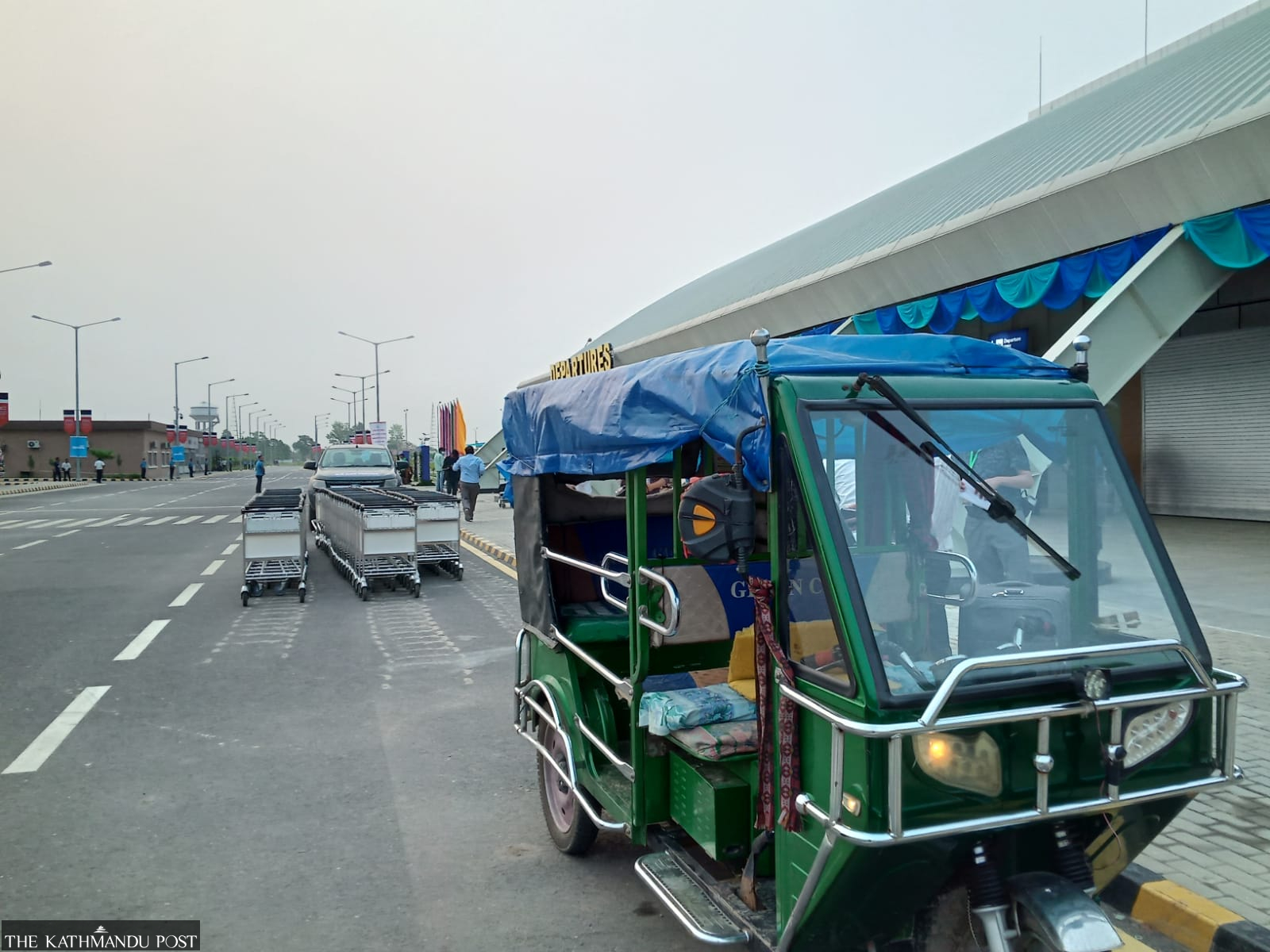
Since Nepal decided to construct several new international airports, it has asked India to open new cross-border air entry routes via Janakpur, Bhairahawa, Nepalgunj and Mahendranagar.
Officials say that the Gautam Buddha International Airport will not be financially and technically feasible if India does not allow aircraft to enter Nepal from one of the proposed cross-border air routes in Bhairahawa, Nepalgunj or Mahendranagar.
If an international flight headed for the Gautam Buddha International Airport in Bhairahawa from western Nepal or New Delhi is not allowed to use airspaces in Bhairahawa, Nepalgunj or Mahendranagar, it has to fly an extra 300 km in aerial distance to reach the airport, according to Tourism Ministry documents.
This means aircraft coming from western Nepal will first have to fly to Simara before landing at Bhairahawa airport.
Aircraft flying above Bhairahawa cannot land at the airport there because it would be using Indian airspace at that time and thus have to go to Simara first. This detour before landing at the Gautam Buddha International Airport will raise the operating costs of airlines and make flights costly.
The same problem will be faced by another international airport which is coming up in Pokhara if new cross-border air routes do not come into operation soon. The airport is expected to be completed by July 10 this year.

Ministry documents say that Pokhara-bound international flights from western Nepal will have to cover an additional 185 km in aerial distance if the new cross-border air routes are not opened.
Tourism Minister Prem Bahadur Ale said during the inauguration of the new airport on Monday that he was hopeful India would give access to new entry points to facilitate Nepal’s air connectivity.
“The opening of the airport is a moment of pride for the country. Nepal’s second international airport will serve as an alternative to the Tribhuvan International Airport in Kathmandu, and airlines will no longer have to divert to other countries in the event of bad weather or other technical issues,” he said.
The new airport was inaugurated by Prime Minister Sher Bahadur Deuba earlier in the morning on Monday before leaving for Lumbini to welcome his Indian counterpart Narendra Modi.
In a separate event in Lumbini, in the context of official inauguration and commencement of commercial operation of the Gautam Buddha International Airport, Prime Minister Deuba highlighted that the airport will further facilitate connectivity, cultural linkages, and people-to-people movements and promote cultural tourism, according to a statement issued by the Foreign Ministry.
Deuba requested the additional air entry routes from Mahendranagar, Nepalgunj and Janakpur.
Responding to the request, the Indian prime minister assured that authorities concerned of India would take up the matters.
“The opening of the airport is an historic day in Nepal’s aviation and tourism sectors,” said Deuba, “and it will contribute to the country’s overall development and prosperity in the long run.”




 5.4°C Kathmandu
5.4°C Kathmandu













%20(1).jpg&w=300&height=200)
